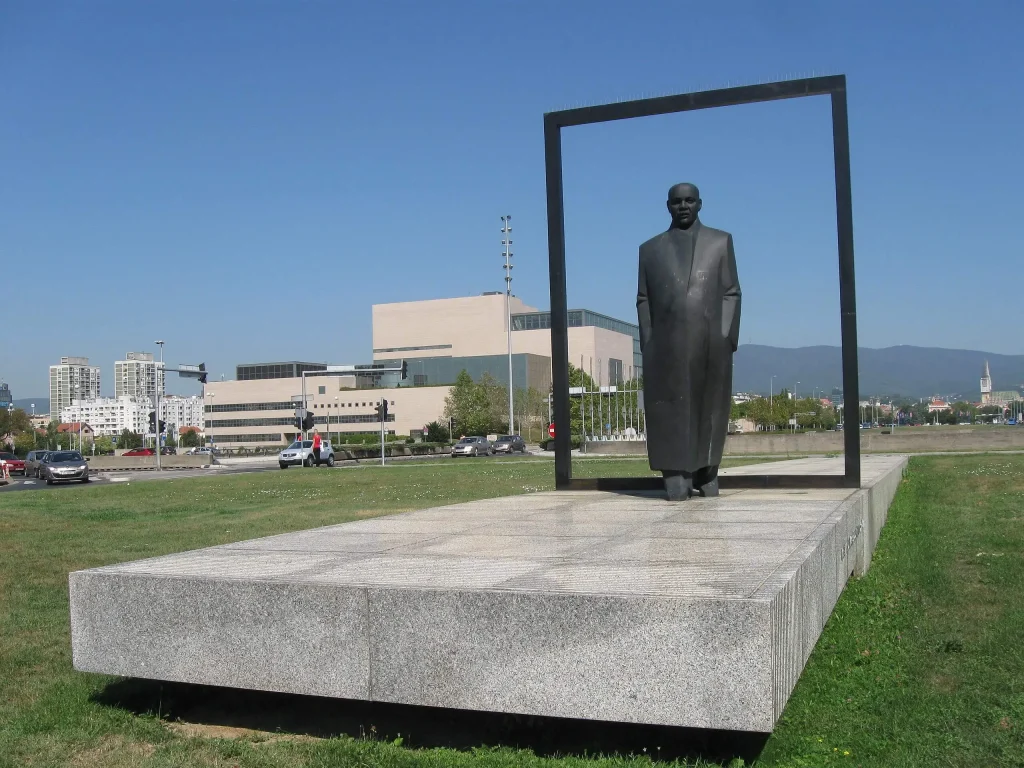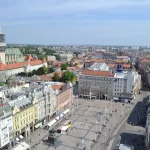Apart from the horror of the pandemic and earthquakes, 2020 was the 50th anniversary of the death of Većeslav Holjevac – who is considered to be one of the greatest mayors in Zagreb’s history.
As ZG Portal reports, last month an exhibition dedicated to Holjevac started in the gallery of the Museum of Contemporary art, and you can view it until May 20.
The Zagreb of Većeslav Holjevac 1952 to 1963 – Urbanist Vision And Architectural Reach is an exhibition that takes a look at the eleven-year mandate of this significant mayor who transformed Zagreb in the post World War 2 era. Fifty themes and representative examples of urban and architectural achievements which were built, projected, or planned in Holjevac’s term. This included three key Strategic urbanistic documents which played a key role in the development of Zagreb and were decided at that time.
The authors of the exhibition are architect Ivan Mlinar which conducted Urbanistic research on Zagreb in the time of Holjevac, and historian Hrvoje Klasić who was in charge of biographical research.
The exhibits were donated by the Museum of Contemporary Arts, Zagreb City Museum, Architecture Museum of Croatian Academy of Sciences and Arts, Faculty of Architecture on Zagreb University, Jadran Film, and Zagreb film studio.
The 35th Zagreb mayor and the total number of mayors in Zagreb throughout its history includes 52 names. Today, Većeslav Holjevac has his own avenue at the entrance to Most Slobode (Liberty bridge), which allows citizens to cross the Sava river and enter Novi Zagreb (New Zagreb), and the statue of Holjevac overlooks the area of Zagreb he built in what is commonly known as „Jump Over Sava“.
Apart from being mayor, Holjevac took various different roles in the former Republic of Yugoslavia. Known as a bold person with vision, competence, and bravery, he made Zagreb one of the most developed cities in Yugoslavia, and despite having various rivals, he enjoyed the support of Yugoslavian president Marshall Josip Broz Tito, which allowed him to make his projects a reality.
Learn more about Zagreb on our TC page.
For more about history in Croatia, follow TCN’s dedicated page.











